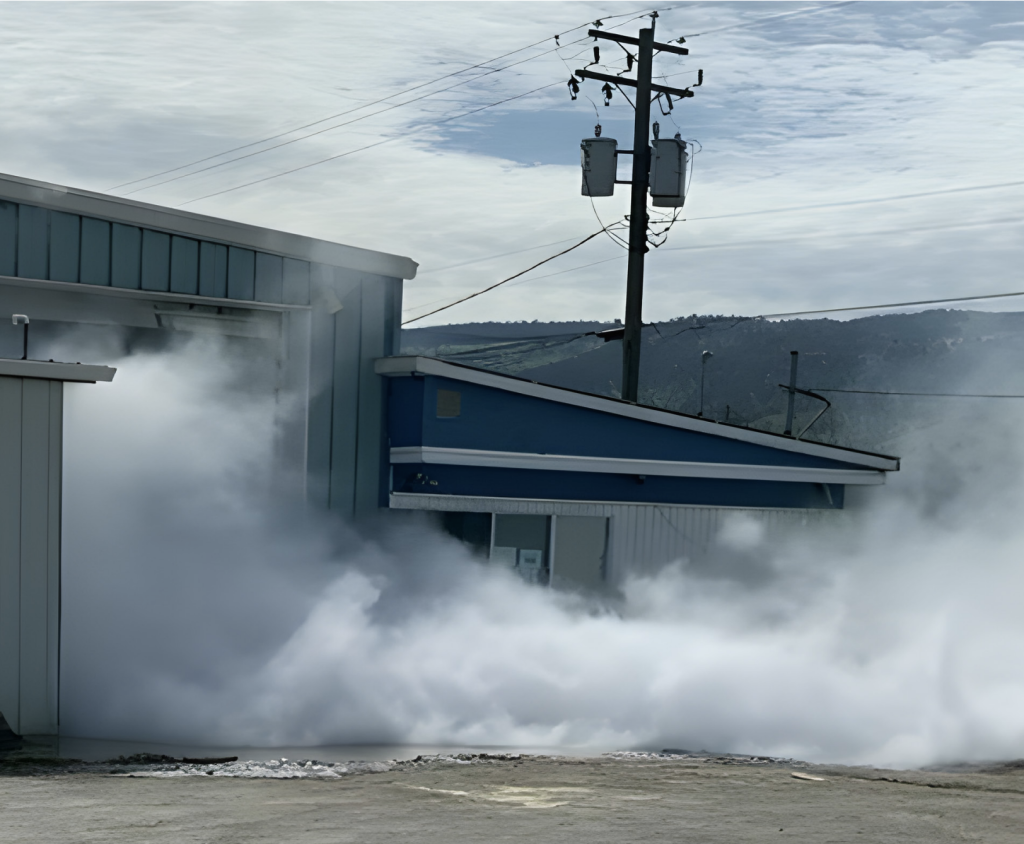Introduction:
The recent fatal ammonia leak at an Arctic Glacier Inc. facility in Kamloops, British Columbia, serves as a grim reminder of the critical importance of safety protocols in the power engineering industry. This incident led to a fatality, multiple ammonia exposures, a local evacuation, and an extended business shutdown. In this post, we’ll delve into the findings of Technical Safety BC’s investigation and discuss key takeaways to prevent similar tragedies.
The Incident:
On May 26, 2022, a crew was disassembling two ammonia refrigeration systems, believing that all ammonia had been removed. However, a valve was turned, releasing a large amount of ammonia. The individual who turned the valve was fatally affected, marking this as a fatal ammonia leak that had far-reaching consequences.
The Investigation:
Technical Safety BC identified that the primary cause of the fatal ammonia leak was the failure to remove ammonia from the system before disassembly. Contributing factors included:
- Miscommunication and changes in personnel
- Ineffective assessments to identify hazardous quantities of ammonia
Equipment and Environmental Considerations:
The investigation also found that certain equipment modifications increased the risk during disassembly. For instance, a quarter-turn ball valve had been added, which allowed for a rapid and uncontrolled release of ammonia when opened. Additionally, up to 1,600 lbs of ammonia was released into the atmosphere, posing serious environmental concerns.
Lessons Learned:
Qualified Personnel: Always ensure that qualified personnel are involved in hazardous operations. In this case, the absence of a qualified refrigeration mechanic contributed to the tragedy.
Effective Communication: Never assume that safety protocols have been followed. Misunderstandings can lead to fatal errors, as was evident in this fatal ammonia leak.
Regular Assessments: Qualified mechanics should regularly assess systems to prevent misunderstandings that lead to accidents. In this incident, ineffective assessments contributed to the tragedy.
Conclusion:
This tragic incident underscores the need for stringent safety protocols and effective communication in the power engineering industry. As we mourn the loss of a life, let’s commit to learning from this event to prevent future tragedies. The fatal ammonia leak at the Arctic Glacier facility should serve as a wake-up call for all of us in the industry to revisit and reinforce our safety measures.
Read the full investigation report here


